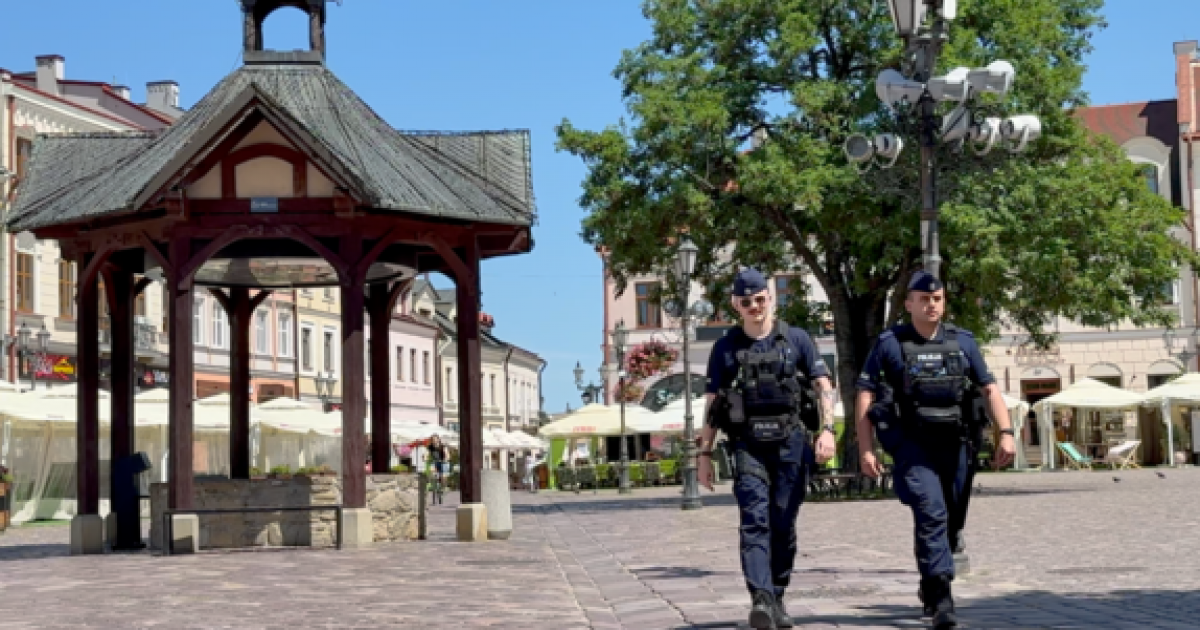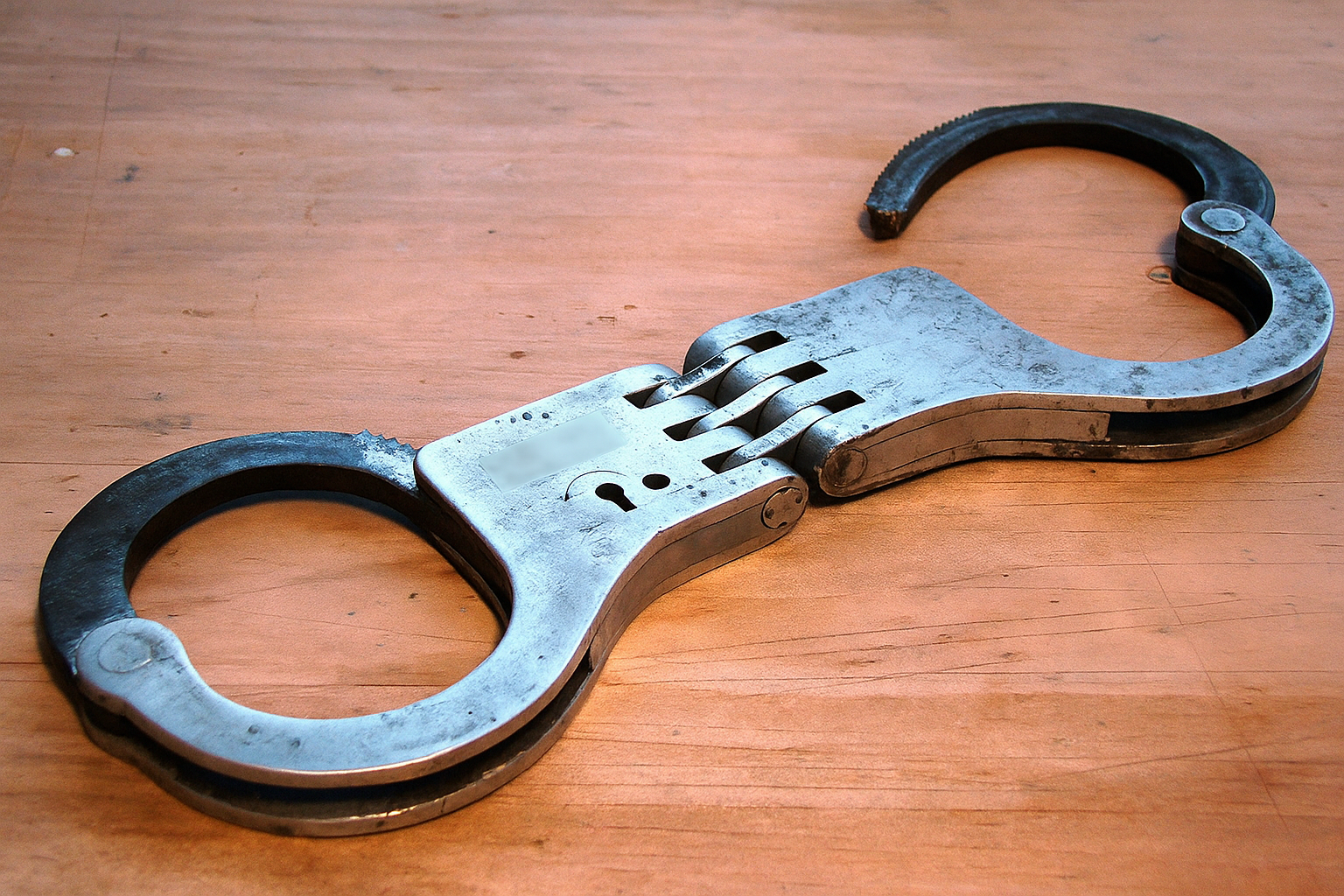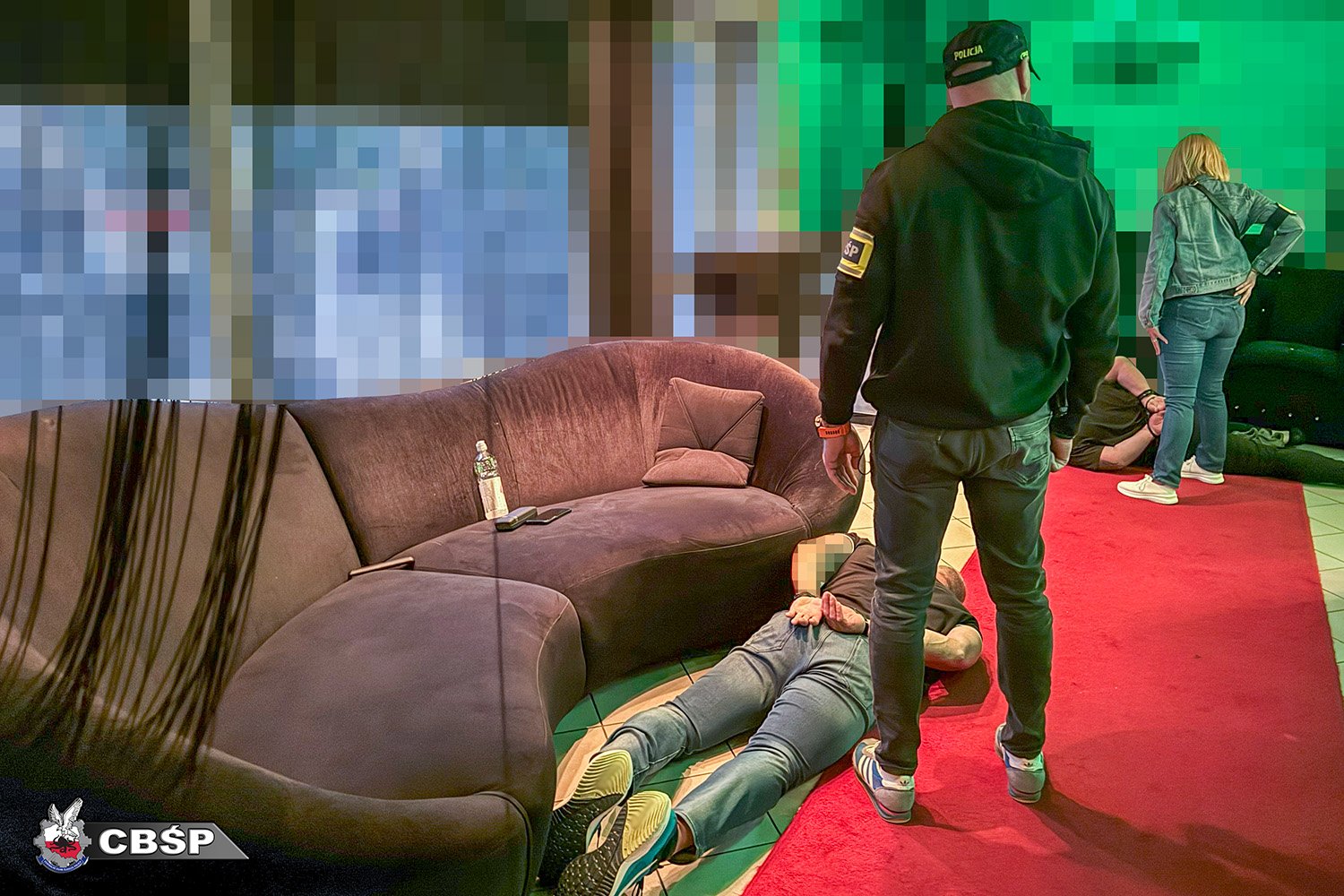
☞ I can't believe it.
... “The prisoners were dragged out of their cells continuously, after 5-10 they were dragged into the basements, there they were murdered, shot in the back of the head and laid dead bodies in prism, and erstwhile all the cellars were loaded, then 50 and more were taken to the prison square and shot at them with device guns and even hand grenades were thrown.” ...
NKVD 1941 prison massacres – mass crimes committed by NKVD officers on political prisoners in prisons in the areas of Poland, Lithuania, Latvia and Estonia occupied by the USSR, as well as in the areas of the ZSRS from before 1939 (Minsk, Orzel, Winnica) and on escape routes of prisoners after the aggression of the 3rd Reich on the ZSRS 22 June 1941.
On 22 June 1941, the Political Office of the Communist organization (bolsheviks) of Belarus adopted a resolution requiring the NKWD BSRR to execute the death sentences handed down on prisoners in prisons of the western circuits of Belarus.
Two days later, the head of the NKVD, Lavrientij Beria, ordered the execution of all prisoners in the investigation and convicted of "counter-revolutionary activity", "economic sabotage", "diversion" and "anti-Soviet activity".
It triggered an avalanche of crimes on prisoners. According to russian data of 10 June 1941, and thus almost on the eve of German aggression, about 40 1000 prisoners were in prisons, including: in prisons of the alleged Western Ukraine about 21 1000 prisoners, in prisons of the so-called. In western Belarus, about sixteen thousand, the remaining 3 1000 prisoners were in prisons in Vilnius.
A full of about thirty-five 1000 prisoners were murdered. For example, in Lviv Brygidki, in the NKVD investigative prison – in Zamarstynowo, in the prison at Łąckiego Street in Lviv, about 7,000 prisoners were murdered, in Lutsk about 2 1000 prisoners were killed, in Vilnius about 2 thousand, in Złoczów about 7 hundred, in Dubno about a thousand, Prowiniszki 5 100 prisoners were murdered, in addition to these prisoners in Drohobych, Borysławu, in Czortków, Berezwecz, Sambor, Oleszczyce, Nadwórna, Brzeżany.
During the week, in June 1941, the NKVD murdered at least 15 1000 prisoners in prisons, more than 20 1000 were murdered on escape routes.
In September-October 1941, the NKVD besides murdered political prisoners in prisons deep in the USSR. Among them were Maria Spiridonova (Russian revolutionary activist, leader of the leftist group of essays, persecuted and murdered in russian times), Chrystian Rakowski (Romanian and Ukrainian communist activist, Trotskyist, president of the Council of People's Commissioners), and Sergei Efron (Russian journalist, writer, at any time an NKVD agent abroad).
According to russian sources, the attack by the Germans amazed the political and military leadership of the USSR, although preparations for specified action The Germans could not hide, and they were apparent to the command of the ZWZ in Warsaw, as well as in Lviv, as evidenced by the radio correspondence of Colonel Maciejński and Zych. On 14 June, TASS claimed that rumors about Germany's intention to break the pact and attack the ZSRS were devoid of all grounds.
Only on June 21 late evening, the People's Defence Commissioner march. Semion Timoshenko and Chief of General Staff Gen. Zukov directed an order to border military districts informing of the anticipation of a abrupt German attack on the ZSRS in the next 2 days. Many units were incapable to scope it, as at 4 a.m. the German troops opened artillery fire all over the line, and the aviation began bombing airports, including the Lviv airport in Skniłów. On the first day of the afternoon, the center of Lviv was bombed twice (at 13 and 3:30 p.m.). Bombs fell on the main post office and close it, damaged 3 tenements on Sykstuska Street, hit Mikolasch Passage, where many people died, in the cafe De la Paix, Holy Spirit Square, respective tenements at Brajerowska Street and the Bachewski vodka mill in Zamarstynowo. However, the bombs did small harm to buildings, but caused large losses in people – reportedly up to 300 people. Rumor has it that water reservoirs in Karaczynów have been destroyed.
Already on the first day of the war, and especially in the second day, the population of Lviv became a witness to the panic evacuation of the russian Army and the influx of russian population. It is said that trains prepared for the next 4th already "export" were utilized for evacuation, which was to take place at night from 22 to 23 June and include 70 000 people in Lviv and the surrounding area. The front of the retreat were NKVD and militia troops. They left their posts, police stations, offices, guards left the prisons, closing their gates tightly. These prisoners were 4 in Lviv: at Kazimierzowska Street “Brygidki”, a erstwhile military prison at Zamarstynowska Street, and converted into prisons erstwhile police buildings at Łąckiego Street (Sapieha Street 1) and Jachowicza Street. Before its escape, the NKVD, on the first day of the war, managed to evacuate 800 prisoners from 1 of the Lviv prisons; they were driven on ft to Moscow, where they arrived on 28 August. On the way, who could not go, he was pierced by bayonet, after which the convoy examined the pulse, whether he died, if not, he again pierced. They were evacuated from Moscow by rail. erstwhile they were brought to Pierwouralska in mid-November, only 248 people survived. Prisoner camps were besides evacuated.
On Tuesday, June 24, residents of Łyczakowska Street and chance passersby were witnesses of how early in the morning, and then again in the afternoon, were driven by this street to the east of Polish prisoners. In front of the column were the russian cavalrymen driving people from the pavements to the gates of the houses, then the ft soldiers with guns ready to fire, and behind them a column of prisoners carrying trunks that any had abandoned, seemingly having no power to carry them. This sad march was closing ambulances with prisoners.
All prisoners' camps appear to have been evacuated. Only, at least in part, the prisoners of the camp under Przemyśl ran away. Workers working on the construction of the airport in Olsztynia were rushed on ft to Wołoczysk, killing weakened people along the way. In Voloczysk, 100 people were loaded into freight wagons and hauled to Starobielska, giving 150 g of bread and salt fish on the way, without water. From the quarries in Bolesław close Skole 600 prisoners were driven to the Valley on June 27. From there, by rail, 65 people in the carriage, drove 24 days, besides to Starobielska. All of them were released there on July 31.
On the same day, June 24, a shooting began in the center of Lviv. It turned out that it was an effort – premature – by Ukrainians to control Lviv. The russian military rapidly captured the situation by conducting searches and shooting at the scene of men encountered with arms in hand. As a consequence of this unsuccessful “stand-up” Ukrainian, whose goal was to take over the city and turn it into the hands of the Germans, the russian authorities ordered all windows to be closed, gates closed. There have been accidents where russian soldiers shot at open windows while being shot at from the attics. These, alternatively only individual incidents, alternatively than larger Ukrainian actions, became the basis for the later-groomed legends of the “extreme armed uprising” of Ukraine in Lviv and the russian military battles against OUN militants. The first messages of this kind (e.g. that Bandera took refuge in the Greek Catholic Cathedral of St.Jur and, defending himself there bravely, saw the Germans arrive) appeared in the Warsaw "Information Bulletin" of 1941 (from 21 August and 2 October), then in postwar publications of both Ukrainians in the West and Soviets.
Only on 24 June was the text of Molotov's radio speech of 22 June and the decrees on the state of war and mobilization published in the Red Flag. The following day, military command declared martial law in Lviv and in the Lviv region, which was repeated in order No. 1 (and last) of the Warden of the garrison, the military commander of the city. This order introduced a ban on going to the streets from 22 to 5.
In the Brigidki, abandoned on the evening of June 23 by NKVD officers, prisoners began knocking on the door of the cell erstwhile no 1 opened them to carry out overflowing "parases" (cables). In the morning, worried, they matured through the cracks .between the boards of the “coirs” (blind) that there are no guards on the “picks” (roosters – defender towers). In 1 of the cells, they ripped the boards off the level and utilized them as a battering ram to break the door, in another – they poured the "parachut" onto the floor, they smashed it and broke the door with hoops. Then they opened up another targets. A crowd of prisoners gathered in the prison yard, but they could not breach the external gates. any only managed to find a way out and got out of prison – through a balanced outside gate and through the roof. During the night from Tuesday to Wednesday, 24 to 25 June, shortly after midnight, many priests, including Fr Bogdanowicz, were released from 1 of the goals. But he did not leave prison to aid others.
At around 4:00 a.m., however, the prison crew returned and from both sides opened fire from device guns on the assembled prisoners. any escapees have already died on the street. Those who did not scope the courtyard of the spheres returned to their goal, to fellow prisoners who were afraid to leave them before. The targets were closed, the prisoners were ordered to lay down on the floor, not to let themselves to rise, and then started to be hailed after three, 4 and shot at the braid of abandoned motor cars. Only criminals were released from prison. The prisoners who remained in prison were no longer given food. So it continued all the days until Saturday. On Saturday, silence fell in prison. 1 of the surviving targets on the level saw NKVD officers driving away. someway they were able to open the hatch of the “food” – a gap in the door through which food was given to the cell – and any thin prisoner got through to the corridor. He opened the door of his cell and cell other where the remaining prisoners were inactive alive. They started to carefully go down. They got into the kitchen where there was inactive hot soup in the boilers. Then they freed another locked in 1 of the cells sitting there terrified, half-naked women. There was a stream of blood flowing down the hallway under any door. erstwhile the door opened, the eyes appeared stacked with bodies of murdered prisoners. Blood flowed from the prison gate down Bull's Street and flowed into the yard drain across the street, where there was an iron depot.
Of the respective 1000 prisoners held in Brigidki, only about a 100 men with 2 targets and a fistful of women survived – apart from those who escaped earlier. Among the second were Warsaw couriers ZWZ – arrested in the first half of 1940 by Helena Wiślińska “Ala” (Kinga), going to Lwów with “Marcyniuk”, “Hanka” Nehrebecka and Maria Masłowska “Mura” during the crossing of the border in 1941. The prisoners, leaving the prison building, set fire to the inside building where the prison office was located to destruct the files, not wanting them to get into the hands of the Germans. The younger Sklarczyk was besides the only survivor of the Weiss group from the Brigidki prison. “Hanka”, severely ill, took care of the surviving criminals with her.
One should mention the peculiar tragedy of prof. Roman Rencki, the leading Lviv internist. He was rescued from Brigidek, exhausted and sick – he was 74 years old – he was arrested after a fewer days by the Germans and shot on 4 July in the Wuletsky Hills along with another professors.
In the Zarastynian prison, they could not usage a short period erstwhile it was unguarded on Tuesday. On Thursday, June 26, prisoners began to be called out of their cells at noon. Only 1 remained in the cell where the courier was located. I waited, throwing around the cell – he recalls – incapable to think, to focus on prayer. Nothing but crazy fear and chaos. It's an hour, possibly two. I've heard the voices of quite a few people muffled from the distance, and I realized that this crowd of prisoners is waiting for cars, or possibly they're setting them up in groups, and they're driving to the train station. But all of a sudden, this sound of people broke off the sound of the bikes, so they're on their way, they're most likely loading themselves, crowded under the tarp of cars, guarded. And suddenly, the sound of the bikes breaks in. That scream chases the detonation, they shoot. God, they're shooting again. I hear that sound all night. Mixed sounds of motorcycles, screaming, shooting. Sometimes the cry of despair, fear, pain breaks out above this noise. It's dawn, it's quiet. (Wanda Ossowska "I survived – Lviv – Warsaw 1939-1946".
Throughout the prison, 5 women and 65 men remained alive. Among them was Ossowska's companion, Roman Fedas. On Saturday at noon, people from the city, already abandoned by the Red Army, arrived in prison and helped prisoners get out. The doctor who led Ossowska through the hallway of the prison, on the way, looked into the cells and rooms. The entrance to 1 was covered by Ossowska, due to the fact that it was full of massacred corpses, there were traces of blood clots on the floor, a faint smell.
In the 3rd prison in Łąckiego Street, only a fewer people survived, who pretended to have fallen among the dead. This is how 2 radiotelegraphists – “wires” – most likely survived – assigned to Colonel Okulicek on their way to Lviv. In this prison, they tormented the murdered prisoners, nailed them to walls, women cut off their breasts...
In “Brigidki” on the yard I saw (Alexander Szumański) on the walls blood mixed with the brains. Inmates of the NKVD murdered with firearm flasks, hitting not only prisoners' heads.
The inhabitants of Lviv, who have late been surviving in fear of fresh exports that have already affected the northern Kresy, have observed with any satisfaction the withdrawal of the Red Army and the panic of the Soviets, officials and their families. Nothing good could have been expected from the Germans, but before they settled... Since Wednesday or Thursday – A. Rzepicki remembers – the temper of this extinguishing started the surrounding city, and it is more and more clear that in all prisons shots were heard that prisoners were shot in them.
On the night of Saturday Sunday, the last dwarves troops, circling trucks across the city, set fire to public buildings. The last retreating tiny groups of russian soldiers were seen on Sunday morning, then the city was strayed and finally, on Monday 30 June in the morning, entered Lviv almost without firing a Ukrainian battalion “Nachtigall” (Słowiki), and in a fewer hours later, besides without a fight, German troops rushed in; they began to sail through the streets of the city to the east of infantry and cavalry.
Right after the Soviets left, A. Rzepicki writes, the jury was moved to prison and according to a terrible prediction only a body was found there, full of corpses. For the following days, starting on Sunday, there were endless processes of the lions who sought their loved ones among the murdered, trying to identify them. frequently this was impossible, due to the fact that in the heat of the body rapidly decayed. A terrible breath, capable of hundreds of metres, little robust, could not even let the bodies to be approached by rows in prison yards.
This terrible hecatomb seemed to make the Nazis satisfied. Officers came in cars, photographed, filmed. All were allowed to be inspected, and they were tried to make them easier by arranging the bodies. And how was that taken? So far we have before our eyes – A. Rzepicki continues – a shocking memory: In the prison yard a long scope of blackened, swollen corpses – among them 1 – terrible as all others – in a half-seat position. Suddenly, what is it? Victim starts moving, gets up! It turned out to be massacred, but inactive alive Jew! For to carry out the murdered and to put them in the yard were employed completed in the captures of a group of Lviv Jews, who were so beaten that they were almost no different from the dead. To fulfil this cruelty, Ukrainian soldiers were utilized to drive the Jews, from the “Nachtigall” branch.
Says Wanda Ossowska:
On Monday Germans entered Lviv and fresh atrocities and panic began. The first, of course, were Jews. I was in the city, and I saw the Jews on the Hethmanic Walls on all fours being rushed to prisons to work there on the decaying bodies of the murdered. The Germans opened the cells and tried very hard to get all the residents to see what was happening there. And things were terrible. There were targets on the Brigids bricked up with people so stuffed that they died standing. The piles of bodies of the savagely murdered were in all prisons. The Jews had things to do. And the breath was that you couldn't breathe on the street, let alone wash the corpse and put it in the prison yard.
Wanda Ossowska besides went to the Zamarstines and found the corpses of her companions of misery from the cell, from which only 1 survived.
On Monday, Colonel Sokolovski and his associate Jadwiga Tokarewska “Theresa” went to the military prison in Zamarstynów:
The prison gates were wide open. The prison courtyard is full of people. In the defender home at the gate, I saw the power of boxes looking like a criminal record.
He found here, among others, his boy Andrzej's card, arrested in February 1940, with annotation that he had been exported (p. Andrzej Sokołowski died under Monte Cassino on 13 May 1944). And he continues to study to Colonel Sokolovski:
We entered the courtyard. We were greeted by a terrible stench of rotting bodies coming from the open ground level door. In this smell, breathtaking, Jews worked. They carried on their backs from the open door horrible, naked, massacred human bodies. Blood stained and dripping with juice, bitten most likely by rats, without eyes, without faces, inflated, were unrecognizable and had a frightening look. All they have left of human appearance is hair. There were bodies of men and women. The Jews carried out from 20 corpses and the Nazis interrupted further lifting. Teresa ran up to the open door and returned half-conscious even faster. I went. In a large area that looked like a carriage, there was a human corpse scattered under the ceiling. And they were like a hundred.
As A. Rzepicki writes; no close data on the number of murdered. It must have been large due to the fact that the prisons of Lviv were filled by the NKVD to the limit, even for tiny purposes they sat after respective twelve prisoners, and only a fistful of them got out of Brigidek during the first days of the war. The number of about 5,000 victims was most commonly repeated and could not be less.
According to German data, about 3,000 prisoners were murdered in the Zamarstynów prison, at £ąckiego Street – 4,000. Many prisoners were besides killed in Brigidki – most likely a akin number – but most of the bodies were burned in a fire set by the fleeing NKVD. The building at Jachowicza Street was incapable to remove the decaying corpses; the targets were bricked and emptied only in winter. In August, the body of the prisoner was buried in common graves at Janowski Cemetery.
Rev. Banach mentioned:
The priest sprinkled the bodies of the murdered with holy water, and all now and then he toned the mourning song which was captured and amidst weeping the song flowed--"Good Jesus, and our Lord, give them eternal rest!"
Among the bodies of the murdered prisoners were the participants of the trial of the Weiss and Kobylan brothers. However, they were not found, but they never returned to their families but for the young Sklarczyk. So they were likely able to be taken out of Lviv and murdered on the way or in 1 of the provincial prisons. Neither did the unincorporated Dr. Kultissan and Captain Rutkowski "Smrek" find themselves. The body of Antoni Konopacki's attorney, the successor of Kobylański, was only found buried at the Łychakowski Cemetery. Fortunately, however, a large part of the inactive unincorporated scouts and scouts, including Lt. Adamcio, Lt. Feja and Szczękzewcz, got out of prison at Kazimierzowska Street. He besides escaped the pogrom Leopold Ungeheuer, but had his kidneys reflected and died shortly after returning home. He brought a message about Dr. Chamik, whom he saw in prison last night before the mass murder; however, Dr. Chamik was missing – the corpse was not found.
Lviv prisons were not the only ones in which cruel prisoners were murdered. Orders in this respect have arrived everywhere – from Kiev, if not Moscow headquarters. All military garrisons were incapable to be alerted, but even in the close Demarcation Line of Oleśice close Lubaczów on 22 June morning, prisoners were burned alive in Sapieh Castle. The border defender did it.
In Sambor, in the last days before German troops seized this city, which took place on June 29, any prisoners were besides murdered. In his memoirs 1 of the surviving prisoners there, Stefan Duda, wrote:
The prisoners were dragged out of the cell without interruption, after 5-10 they were dragged into the cellars, there they were murdered, shot in the back of the head and laid dead bodies into the prism, and erstwhile all the cellars were loaded, then 50 and more were taken to the prison square and shot at them from windows with device guns, and even hand grenades were thrown.
At 1 of the targets, the prisoners then broke down the doors with a "kidble" and began beginning another targets, starting to fight the guards, armed with boards, "kids", found iron. The NKVD withdrew, tried to bring the military into action, but left the city as the Germans approached. That's how any prisoners survived. Among the murdered were girl scouts who were raped, their breasts were besides cut off.
Even in a tiny town, in Szczerc, the prisoners were murdered, getting them out of prison. After the Germans entered, their search began. The Ukrainians reached out to the Germans in this matter, and they caught local Jews and ordered them to find prisoners or their corpses within the hour. Turns out the body was buried shallowly in the barn of the parish. There was blood flowing from there. The Germans forced the Jews to dig up their cavity with their hands, to pull out and wash the corpse, laying on sheets. The murdered had their noses cut off, their ears twisted backwards... All Poles and Ukrainians were buried solemnly in a common grave close the church. About 30 people died there.
In Drohobych – as A. Chciuk writes:
On June 22, 1941, the NKVD told the prisoners that they were being released, so get on with “speakers”. As a crowd of prisoners stood in the courtyard of the prison, from watch towers began firing device guns [...].
A friend of Chciuk's fell before the series reached her and lay under the dead all day. erstwhile she got out and came home last night, she was greeted by the words, “God, you are totally gray...”- This was the case in the drohobytsky “Brigidki”.
From Borisława is the account of 1 of the Jews there, who, after the German troops entered, were forced to remove the bodies from custody: They led us [...] to the NKVD. There were already 300 Jews, and from there from the cellars they ordered the bodies to be extracted and sorted. Lots of dead bodies. any of these dead people had to wash. [...] These bodies were not buried. They were covered in dirt at 5, 10 cm. They were all fresh dead. They were [...] people arrested a week or 10 days earlier. There was Kozłowski and his old man. Sister, she was, like, 16 years old, she had her nipples ripped out, like with pliers, her face burned [...]. But he had no 1 eye at all, and the another 1 had swollen, his mouth was besides sewn with barbed wire, his hands were burned and at the same time crushed [...], In total, there were respective twelve [...].
In Stryj, the prison was evacuated on 2 July and the prisoners were transported by car to the railway station. But before, on the night of July 1 on July 2 they were shot in the cellars and in the yard of those who had greater sentences. In Stanisławów, at the time erstwhile the NKWD temporarily left the prison, the outside aid was organized by Captain Ignacy Lubczyński. Under the Courtyard, in Bystrzyca Nadwórniańska, mass graves were excavated in July 1941, the last of those buried there were killed by a hammer to the back of the head. In Złoczów, where the Germans entered July 1st, many prisoners were besides murdered by the NKVD on a castle converted to prison. Here, too, the Germans and Ukrainians forced the Jews to dig up bodies and then execution them. The ceremony of the murdered prisoners was held on July 6. In Brzeżany, as of June 26, prisoners were shot, taken out alone in the courtyard of the prison, jamming the sound of gunshots with a tractor motor. The corpse was exported to prepared and masked pits. After the German raid on the city, from the night of June 29 to the next day the corpses inactive being shot were thrown from the bridge into the Golden Lipa River. A full of over 300 prisoners were killed, the remainder – about 80 – was saved erstwhile the guards left the prison during the fresh bombing. Mass execution of prisoners occurred in Tarnopol. However, any prisoners, about a thousand, were evacuated on 30 June, on ft to Podwołoczysk. During the march, people fell out of fatigue and thirst, and the NKVDs forced them to proceed their journey. Those trying to escape were shot at the scene. Further, Tarnopolskie prisoners were held by railway. The railroad besides evacuated prisoners from Czortkow, loading 135 people into uncleaned railway cars. The journey lasted 17 days. In 1 of the carriages where the recounter was driving, out of 135 people died on the road 34. Dead bodies were removed from the wagons all couple of days, so they drove with the surviving in the July heat. The same thing happened in Volyn. About 2,000 prisoners were murdered in Lutsk, 500 in Plains, 450 in Dubno.
In addition to those murdered in prisons, many people died at the hands of the backstabbing in panic and shooting blindly and for no reason russian soldiers – as well as Ukrainian nationalists. In Lviv on the last day of the Red Army retreat, on 29 June, the couriers of Colonel Maciejński, Jan Lutze-Birk and Jerzy Mędrzecki died on the street. They were 21. After the Germans entered the walls of Lviv, their hourglasses appeared.
Documents, sources, quotations:
Wanda Ossowska “I Lived” by Lviv – Warsaw 1939 – 1946
Jerzy Julian Hungarian (born 13 February 1915 in Lviv, died 2013) – Polish scholar, author and military, retired prof. of the Faculty of Land Construction at the Cracow University of Technology, lecturer at the Silesian University of Technology and Warsaw University of Technology. Soldier of ZWZ and AK, associate of the Lviv Uprising as part of the Storm Action. Many years in prison of Siberian camp. Author of 9 books and many technological articles and memories from the past of Lviv in planet War II and the past of ZWZ-AK-NIE Area No. 3 (Lviv). ]]>http://www.lwow.com.pl/Hungarian.html]]>
b















